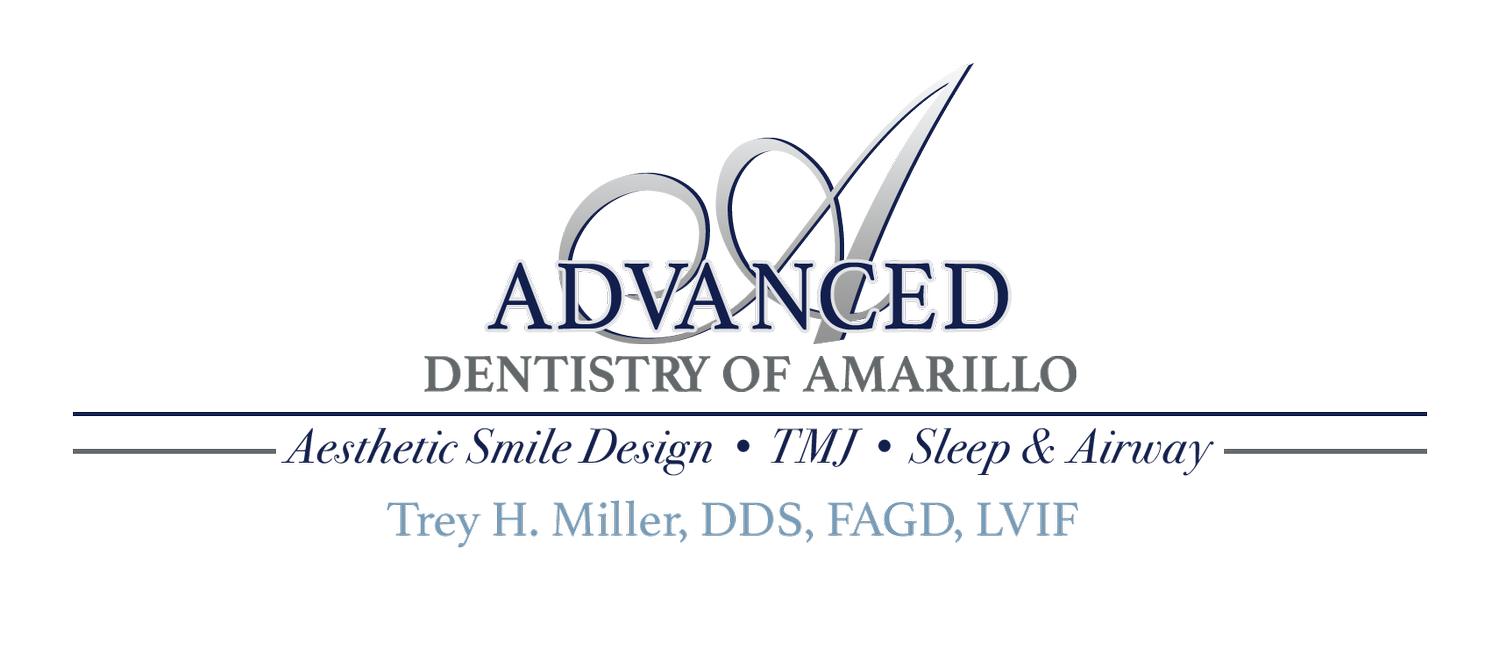Neuromuscular | TMJ Dentistry
What makes a dentist a “TMJ Dentist,” or “Neuromuscular Dentist”?
Neuromuscular dentistry resolves or improves TMJ dysfunction, tooth grinding, and sleep/airway issues, all by reducing stress on the jaw joint itself. The majority of TMJ symptoms originate from stress and tension in the surrounding muscles which are caused by their relationship to the body’s bone structures.
The goal is to reduce stress on the surrounding muscles by modifying the rest position of the jaw to an ideal location, called a physiologic/neuromuscular rest position. Neuromuscular dentists use non-surgical methods to relieve jaw, head, and neck pain, without the need for ongoing use of prescription drugs.
How do Neuromuscular Dentists Diagnose TMJ Dysfunction:
An initial evaluation will allow the neuromuscular dentist insight into the exact causes and symptoms of each case of TMD. Since there are many reasons for jaw pain, migraines, a popping jaw joint, or lockjaw, looking for each cause by a thorough evaluation of the best place to begin. The doctor will feel around the TMJ joint itself and different muscles around the TMJ to understand how they are interacting and if there may be specific areas of tension leading to symptoms.
Assessment of Jaw Alignment:
Since an estimated 85% of TMD cases are caused by a poorly aligned jaw position, a neuromuscular dentist investigates current resting location and motion of the jaw. It is important to understand how TMD sufferers’ teeth bite together, and if there may be an issue with worn teeth caused by symptoms of neuromuscular tension like night grinding. The jaw path during opening and closing will be analyzed as well.
If it is determined that more thorough diagnostic information is needed, a Bite Test including Sonography, 3-D Advanced Imaging, 3-D Computerized Jaw Tracking, MLS Cold Laser Therapy, TENS, EMG (Electromyography), and Computerized Bite Analysis is recommended so that the ideal neuromuscular position can be captured. In this position, patients’ symptoms often resolve. With this positional information, the best permanent treatment for each individual patient can be determined and presented.
TMJ Orthotics:
The next step that a neuromuscular dentist may take to resolve TMD symptoms is to fit a patient for a customized “orthotic,” a device resembling an athlete’s mouthguard. These mouth guards hold the patients resting bite in the ideal neuromuscular position while symptoms are resolving. Many jaw pain patients report near-immediate relief of symptoms they have had for years, as soon as the orthotic is placed.
Orthodontics and Restorative Dentistry:
In order to prevent the jaw from returning to the previous bad jaw position that was causing all the painful symptoms, orthodontics or restorative dentistry (crowns/porcelain onlays) may be recommended. This is done to ensure that the teeth and jaw work together and allow the jaw muscles to permanently work in the correct position, leading to a lifetime of pain-free living.
To learn more about our Neuromuscular/TMJ Dentistry services, contact our office and request a consultation.
Advanced Dentistry of Amarillo is proud to serve patients in Amarillo, Canyon, Dalhart and the surrounding Texas Panhandle.

